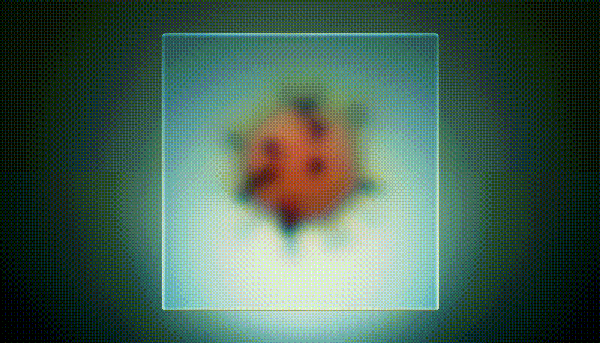|  “It used to strike me as strange that, with current technology, virologists couldn’t look at the SARS-CoV-2 genome and determine whether it had been engineered,” Carolyn Kormann writes, in her deeply reported investigation into the disputed origins of the coronavirus. Yet, as Kormann finds, in speaking to infectious-disease experts who have studied these kinds of viruses for years, it’s not that straightforward. And so, all these months later, and with four and half million people dead, a clear yet elusive question remains: Did “the virus jump from an animal to its first human host, its patient zero,” or is the ongoing crisis the result of a cataclysmic laboratory accident in the city of Wuhan? Like so many other aspects of the pandemic in the United States, this question has become burdened with cultural and political ballast, with many taking a position as if it were just another test of ideological orthodoxy. But there are well-intentioned and intellectually rigorous proponents on both sides, Kormann writes, all of whom want to prevent the next pandemic but are likely to see different dangers when they look at the world. “The lab leakers tend to be more interested in biosecurity, transparency, and human hubris,” while those who are convinced of a natural origin tend to have done more virology field and lab work, and are “regularly bowled over by nature’s endless diversity”—and by the frightening ingenuity of the viruses all around us. —Ian Crouch, newsletter editor Read “The Mysterious Case of the COVID-19 Lab-Leak Theory.” And for more on where the coronavirus came from, read Benjamin Wallace-Wells on the emergence of the lab-leak theory and Amy Davidson Sorkin on the political implications of the debate. |
No comments:
Post a Comment